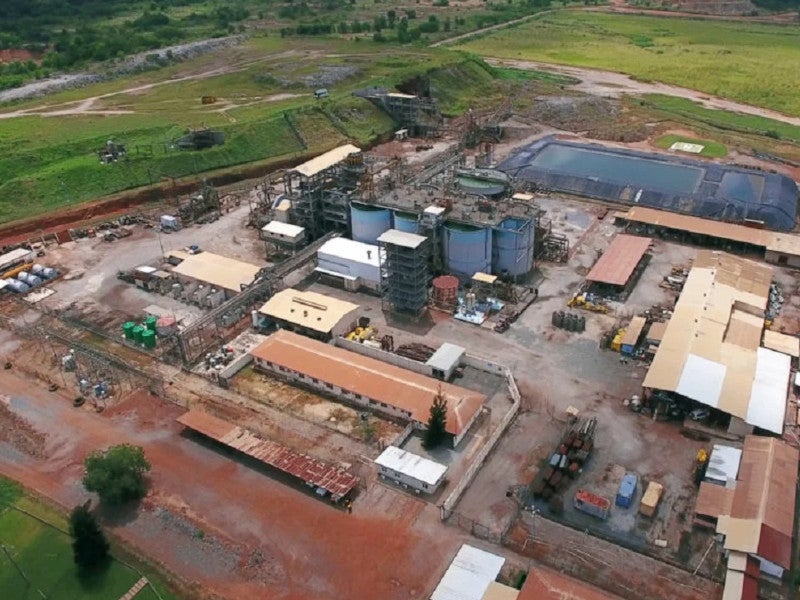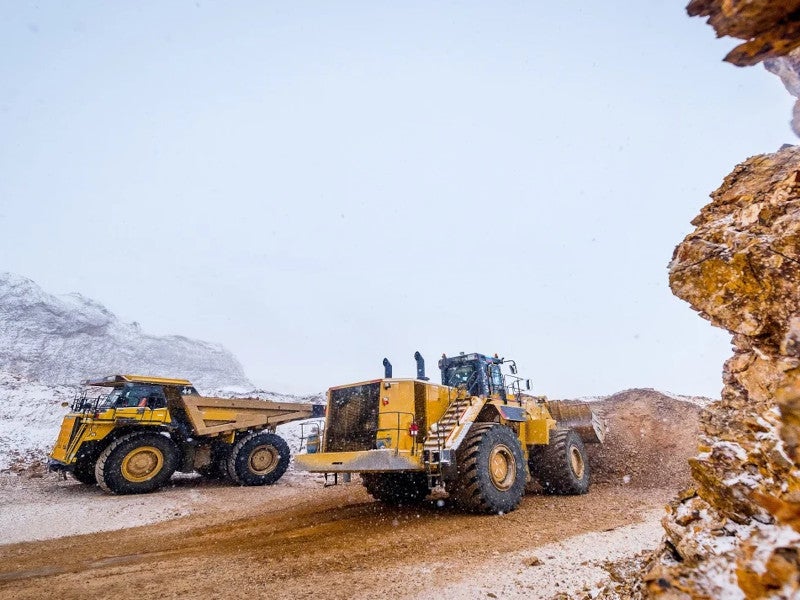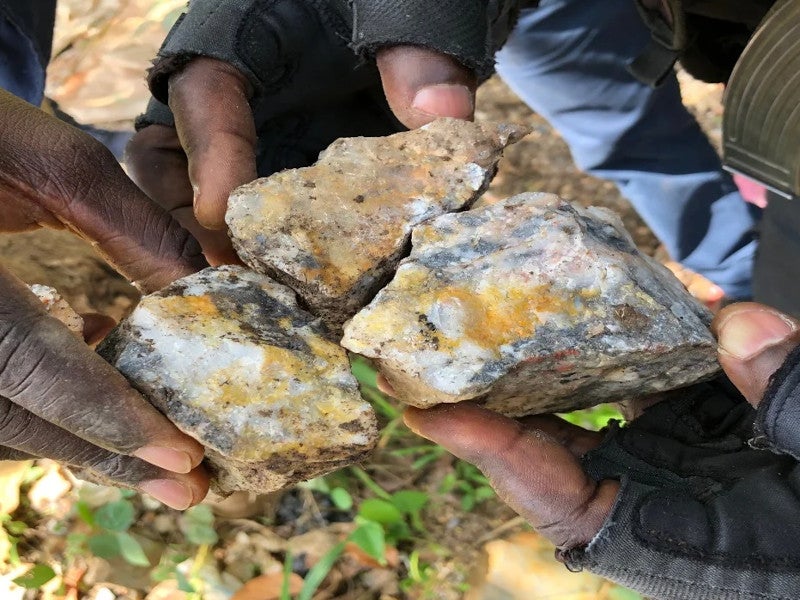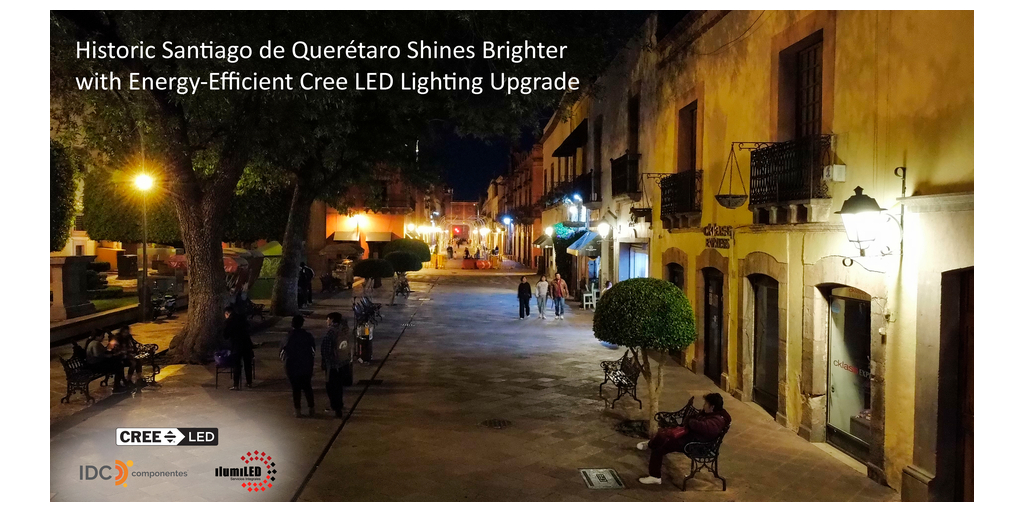
The Bibiani gold mine is located in the western region of Ghana. Credit: Resolute Mining.

The Bibiani gold mine is owned by Asante Gold. Credit: Mark Agnor via Shutterstock.

The project is developed as an open-pit mine and underground mine. Credit: Senderistas via Shutterstock.
The Bibiani gold project located in Ghana is being developed by Asante Gold, a gold exploration, development and operating company based in Canada.
The mine was originally developed by Resolute Mining. The feasibility study of the gold project was completed in June 2016, and the second phase of resource drilling started in December 2016. An updated feasibility study of the project was released in June 2018.
In 2019, the Ghana Government approved and released a new environment authority permit for the redevelopment and recommissioning of the Bibiani gold mine.
In August 2021, Asante Gold acquired the mine from Resolute Mining and commenced mining in February 2022.
An updated technical report was released by Asante in July 2022 and the first gold production from the open pit mine commenced during the same month. Commercial production was achieved in November 2022.
Underground mine development planning is currently ongoing with the first production expected to be achieved in the fourth quarter (Q4) of 2025.
Project location
The Bibiani mine is located in the newly established Western North region of Ghana in West Africa. The concessions are situated 80km south-west of the Ashanti capital, Kumasi.
Bibiani mine geology and mineralisation
The Bibiani gold mine is found within a series of fine-grained graded turbidites containing localised interbeds of fine to medium-grained turbiditic sandstones. The orebody is classified as a mesothermal lode-type deposit and is identical to the lode deposits of the Konongo-Axim belt that host the Obuasi deposit.
The ore body is hosted within a shear zone, filled with quartz, within Lower Birimian sediments close to the eastern contact with Upper Birimian rocks.
Mineralisation in the main pit area occurs within a vertical to steeply east-dipping zone extending over approximately 2,300m of strike length.
The majority of the mineralisation is associated with quartz veins and quartz stockworks and is closely associated with sulphides and photomicrographs. Gold is predominantly fine and found mostly along edges or cracks in pyrite and arsenopyrite sulphide minerals.
Reserves at Bibiani gold mine
The proven and probable reserves are estimated to be 28.41 tonnes (t) grading at 2.14g/t of Au containing 1.950 million ounces of gold, as of 2022.
Mining method
The Bibiani gold mine is developed as a conventional open-pit mine using methods of drilling, blasting, loading and hauling with diesel-driven equipment.
The mining fleet consists of CAT 6030 (300t) and Hitachi 1900 (190t) hydraulic backhoe excavators, each with respective bucket capacities of 17m3 and 12m3 (or equivalent).
Ore processing of ore from Bibiani mine
Ore from the mine is processed at the three million tonnes per annum existing processing plant, which was upgraded and refurbished.
The ore is crushed and delivered to the reclaim stockpile. Front-end loaders are used to reclaim the stockpiled crushed ore and fed into the one million tonnes per annum milling circuit.
The milling circuit comprises a semi-autogenous grinding mill, which operates in a single-stage closed circuit. The mill reduces the product size to P80 106μm. The mill discharge is classified by new 400mm hydrocyclones, wherein a portion of the cyclone underflow is fed to the skim-air flash flotation cell for initial sulphide recovery.
Cyclone overflow is screened to remove trash prior to scavenger flotation, and the resulting flotation and skim-air concentrates are diverted to the fine grinding circuit.
Concentrate is precycloned in new 150mm cyclones, with the overflow transferred to the concentrate thickener. Cyclone underflow is directed to the Metprotech stirred mill for regrinding to a P80 of 25μm before pumping to the new carbon-in-leach (CIL) circuit comprising three tanks.
The concentrate leach tailings are combined with the flotation tailings in the new flotation tailings leach circuit. The final tailings are pumped to the tailings storage facility.
Additional CIL tanks are planned to be installed by April 2024 to increase the process plant throughput to four million tonnes per annum.
Carbon is advanced through the flotation tail leach circuit and onto the concentrate leach circuit before being removed for elution.
Gold is recovered from the loaded carbon in a 4t-capacity AARL elution plant, which is then deposited onto stainless-steel cathodes in an electrowinning circuit.
Infrastructure facilities at Bibiani gold mine
Access to the gold mine is from the eastern region, along the Kumasi-Bibiani-Sefwi Bekwai motorway. A new detour route, currently under construction, will offer convenient access to high-grade mineralised material. The route is expected to be operational by 2024.
The power supply for the mine is provided by the national grid while two freshwater dams already existing on the mine property are used to meet the water needs.
The mine is serviced by two well-equipped coastal ports namely Tema, which is located to the east of Accra; and Takoradi, which is located in the western region of Ghana.
Key players involved
Resolute Mining engaged African Underground Mining Services to conduct drilling as part of the Bibiani feasibility study.
Minelogix, a consulting company, developed the processing system for the Bibiani gold mine.
PW Mining, a contract mining, civil engineering, and building construction services provider, was selected as the mining contractor.
Minecon Resources and Services, a mining and petroleum engineering service provider, and Snowden Optiro, a resources consulting and advisory group, were responsible for preparing the technical report published in November 2021.
BARA Consulting, dMb Management Services, and Snowden Optiro prepared the updated technical report published in July 2022.



